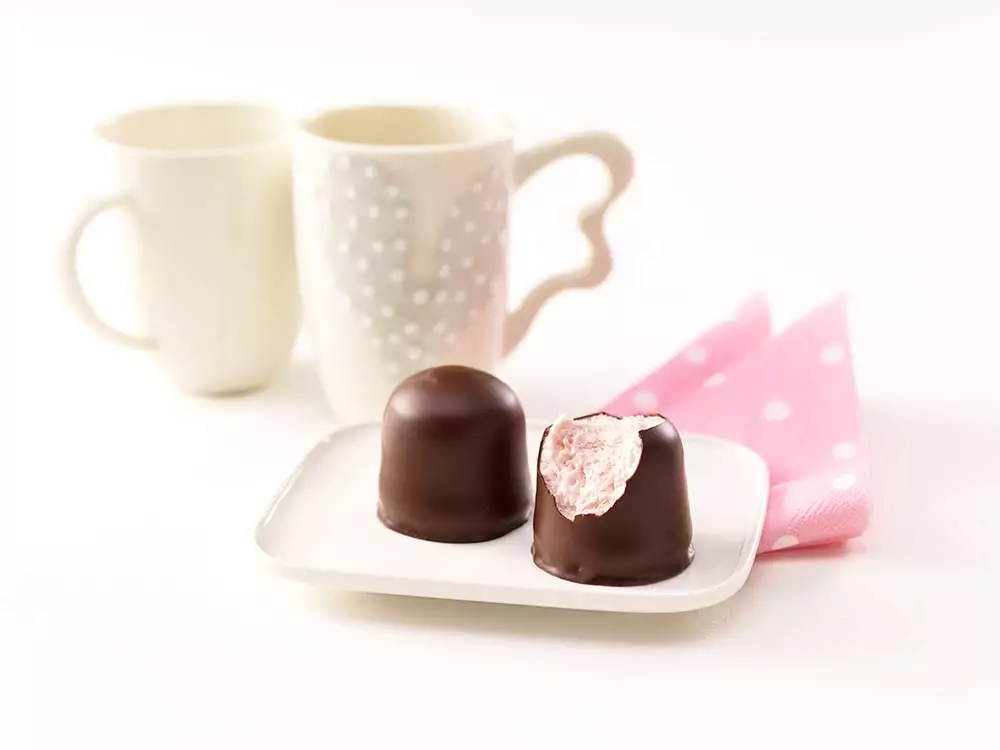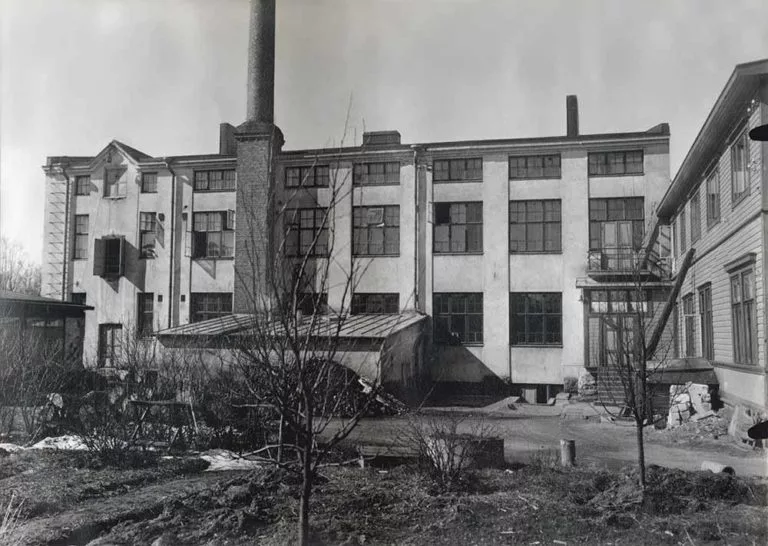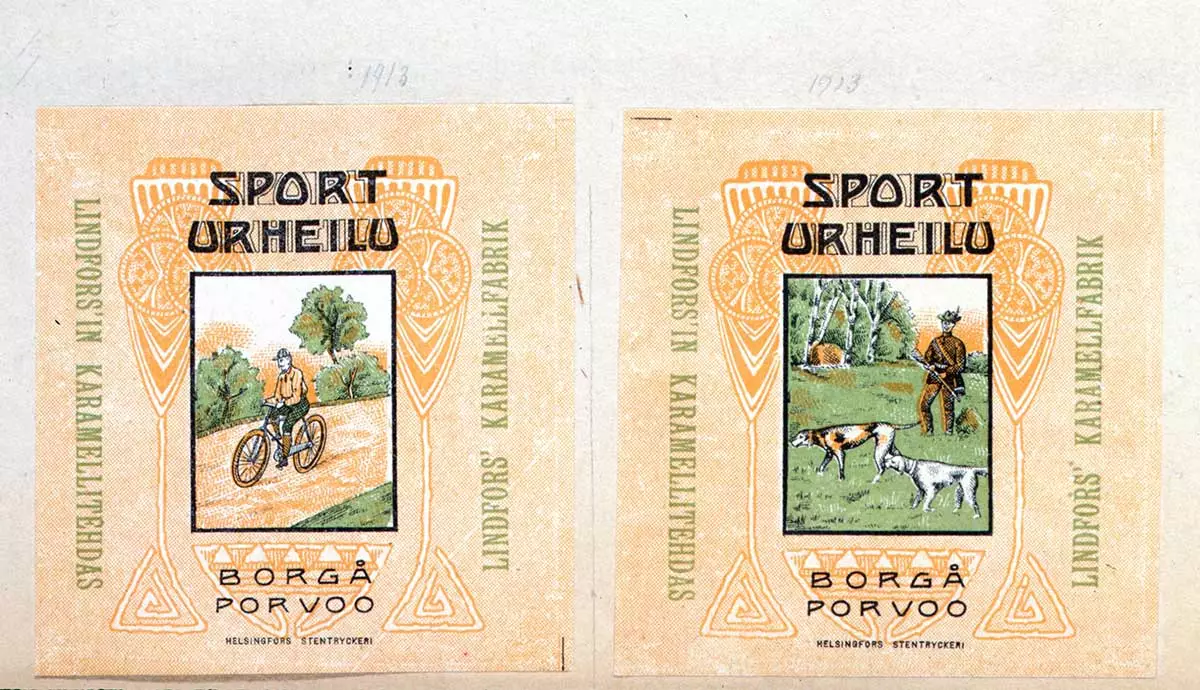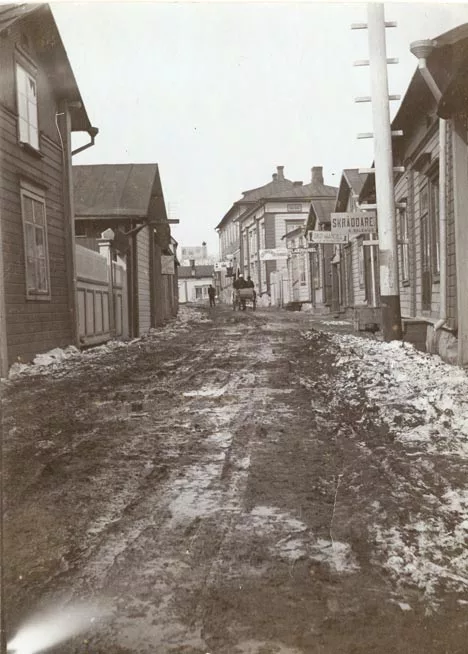For the Brunberg-Lindfors factory the decade of the 50’s was not only sweet kisses and sweet dreams. Challenges were lurking behind the scenes.
One obstacle was the rationing which did not end until in 1954 when you could see bananas and oranges on store shelves.
Raw materials were available, at last – but, on the other hand, competition increased when markets were deregulated.
The demand for sweets fell, which caused economic problems to several domestic sweets manufacturers, including Brunberg-Lindfors.
The decrease in demand was partly due to increased excise duties followed by higher prices.
In the 50’s, advertising increased and at the beginning of the decade tobacco, alcohol and sweets were advertised. The television sneaked new products into the Finnish homes. Brunberg did not advertise, the company’s good reputation was spreading – and still is – thanks to high-quality products.
Börje Brunberg used to say that the only thing a good product needed besides recipe and machines was professional skill. The recipes were not hidden secrets, as the products turned out the way they were wanted thanks to professional skill and experience, “candy thumb”.
As a sum of many variables, the annual production dropped to below 150 tons. As late as in 1949 the production had reached 400 tons.
Brunberg looked for expertise elsewhere and appointed the Managing Director of Puristustuote Oy, a Porvoo-based company, Yrjö E. Miettinen, Chairman of the Board.










